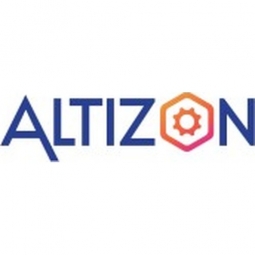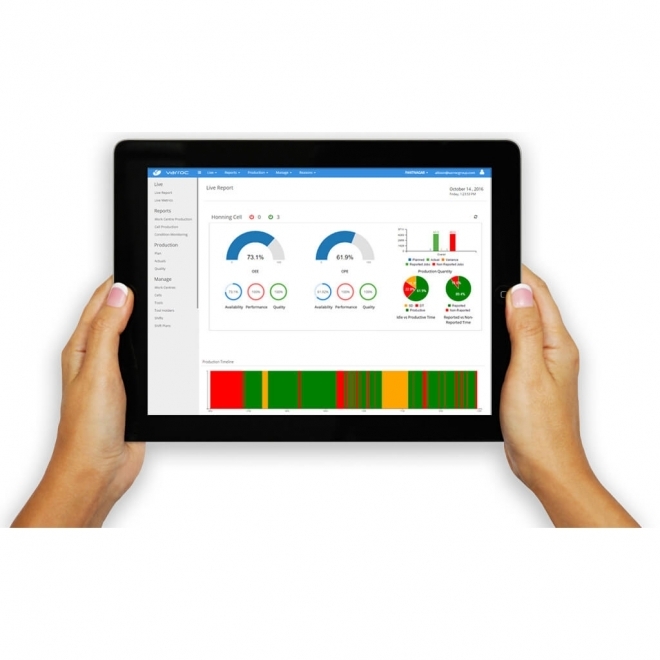Overview
 |
Automotive Component Manufacturer Improves with Datonis IoT SolutionAltizon Systems |

|
Analytics & Modeling - Big Data Analytics Automation & Control - Human Machine Interface (HMI) Automation & Control - Programmable Logic Controllers (PLC) Infrastructure as a Service (IaaS) - Cloud Storage Services Platform as a Service (PaaS) - Application Development Platforms Platform as a Service (PaaS) - Data Management Platforms Sensors - Temperature Sensors Sensors - Utility Meters | |
Automotive | |
Discrete Manufacturing | |
Building Energy Management Factory Operations Visibility & Intelligence Machine Condition Monitoring | |
Operational Impact
| [Data Management - Real Time Data] Centralized Machine Data – By connecting and pushing the data from heterogeneous machines (like Honing, Press, Injection molding, Hobbing, Pick & Place, Testing machines etc.) at shop floor, Altizon provided for a centralized platform – a single source of truth for all Operational metrics of Machine Utilization, Performance, Quality, Condition Monitoring and Energy Consumption in real time. Machine data analysis reports are now available anywhere and at any time. And with a connected shop floor, Varroc could use different monitoring tools it needs to immediately see inefficiencies and identify bottlenecks in real time. | |
| [Efficiency Improvement - Energy] Energy Monitoring – Energy meters were connected to consumption monitoring at machine, cell and plant level. It served to manage energy requirements for current operations and future scale up. | |
| [Data Management - Data Integration] SAP Integration – Integration with their existing ERP systems like SAP led to advanced insights on Inventory Planning and Lean Manufacturing programs. | |
Quantitative Benefit
Monitoring & Maximizing Line Efficiency – OEE (Overall Equipment Effectiveness), OPE (Overall Process Effectiveness), Production Variance, Accurate Idle time pockets & Reasoning could now be monitored at the cell, machine and/or plant levels in near real time. Providing Production Visibility and Machine Efficiency across assembly lines allowed decision makers to monitor progress at a plant level and drill down into specific machines whenever needed. Due to the reduction in shifts, OEE has seen a considerable improvement which has led to an almost 20% increase in Operational Efficiency and 10% reduction in direct running costs of the machine (including labor and energy) Insights into real-time OEE and downtime, have also reduced the number of people employed in data entry of these metrics. The indirect manpower reduction has helped to the tune of 20% increase in Manpower Efficiency. | |
Condition Monitoring – Systematic processes (alerts & notifications) could be created to identify the Idle time pockets that can now never be missed. Alerts triggered as per escalation plan based on business process requirements. Further Condition monitoring and a tool health dashboard ensured that the tool consumption and inventory were reduced by 2% leading to a direct reduction in TOOLS and SPARES cost. | |


